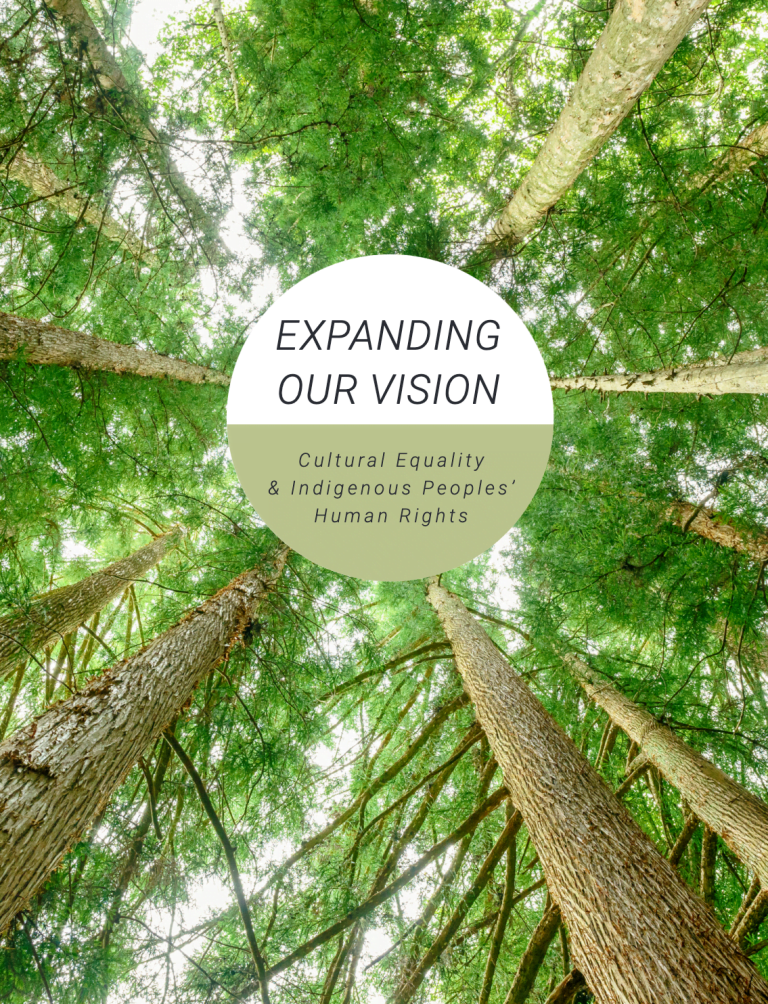48 search results
Settlement
Recommendation 31: Include Indigenous dispute resolution models, mediators and peacemakers in BCHRT mediation or settlement discussions. Consider use of co-mediation or joint processes involving Indigenous Peoples.-
Category and theme:
Audience:
Groups affected:
Settlement
Recommendation 32: Track and report upon instances where Indigenous Peoples settle complaints, and interview them after several months about their reasons for settling and their satisfaction with the resolution.-
Category and theme:
Audience:
Groups affected:
Gatekeeping function
Recommendation 33: Track and report on claims made by Indigenous Peoples that are rejected at the application stage or under s. 27, or sent back for further detail and not pursued. An analysis of the claims that are procedurally weeded out may reveal where further action or training is necessary.-
Category and theme:
Audience:
Groups affected:
Gatekeeping function
Recommendation 34: Institute an internal process for screening at first filing, and in s. 27 applications, by staff specifically trained in the issues Indigenous Peoples face as an immediate remedial measure, as so few Indigenous complaints are filed or advance.-
Category and theme:
Audience:
Groups affected:
Plain language
Recommendation 35: Use plain language, easily understood by the average person with a grade five education, when communicating with complainants. Review communications, including forms and template letters, to ensure that they use plain language.-
Category and theme:
Audience:
Groups affected:
Time limits
Recommendation 36: Provide public education for Indigenous Peoples that complaints should be filed at the same time that a complainant is pursuing internal or informal processes because the BCHRT time limits are strict.-
Category and theme:
Audience:
Groups affected:
Time limits
Recommendation 37: Assess time extension requests with a trauma-informed lens and consider any circumstances Indigenous applicants raise tied to Indigenous traditions or ways of approaching conflict (such as attempts at relationship repair or restoration).-
Category and theme:
Audience:
Groups affected:
Hearings
Recommendation 38: Hold hearings in spaces that are culturally safe for Indigenous complainants. Though appropriate spaces will vary by Indigenous cultures, examples could include Band offices, friendship centres, cultural spaces at universities, or land-based venues.-
Category and theme:
Audience:
Groups affected:
Hearings
Recommendation 39: Ask participants what culturally appropriate practices they would like to include in hearings, such as smudging the room, swearing on an eagle feather, or sitting in a circle.-
Category and theme:
Audience:
Groups affected:
Hearings
Recommendation 40: Ask if there are cultural supports that are needed during the hearing process. This could include elders, witnesses, or other culturally relevant people which may vary according to the culture of the applicant.-
Category and theme:
Audience:
Groups affected:
